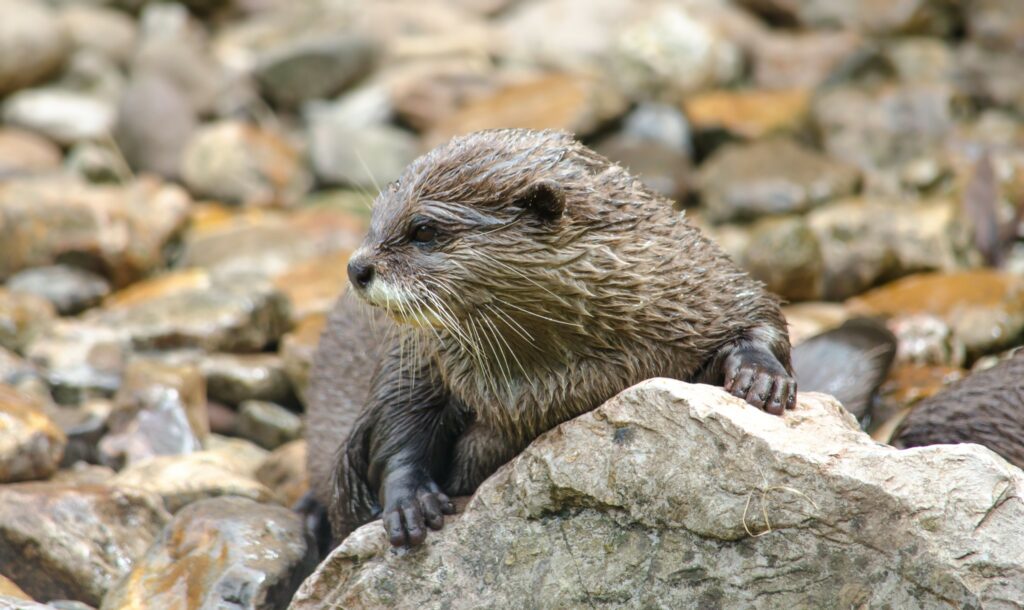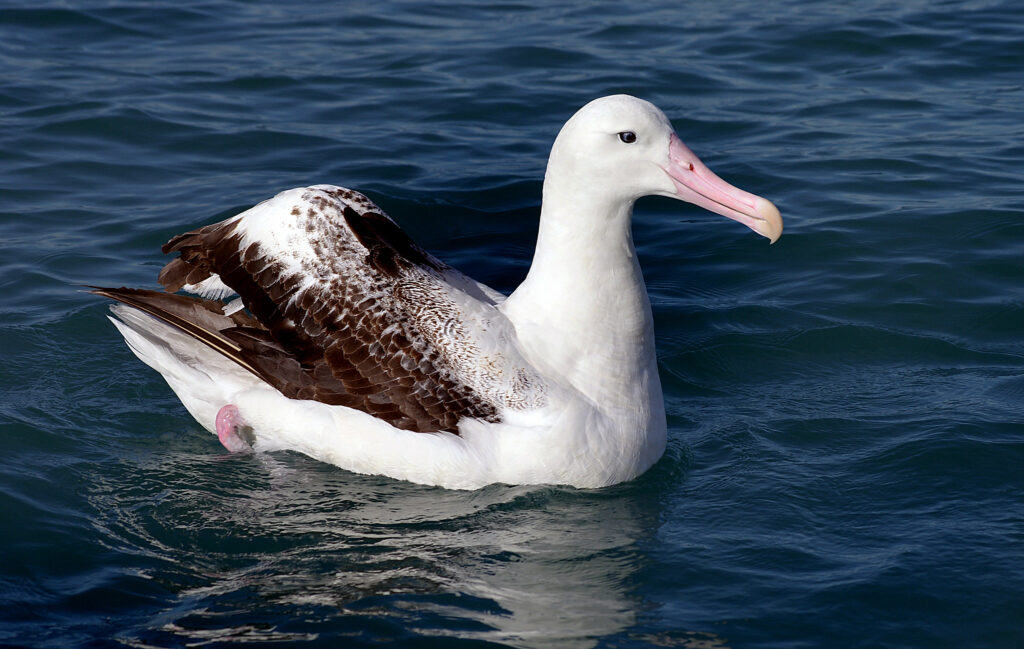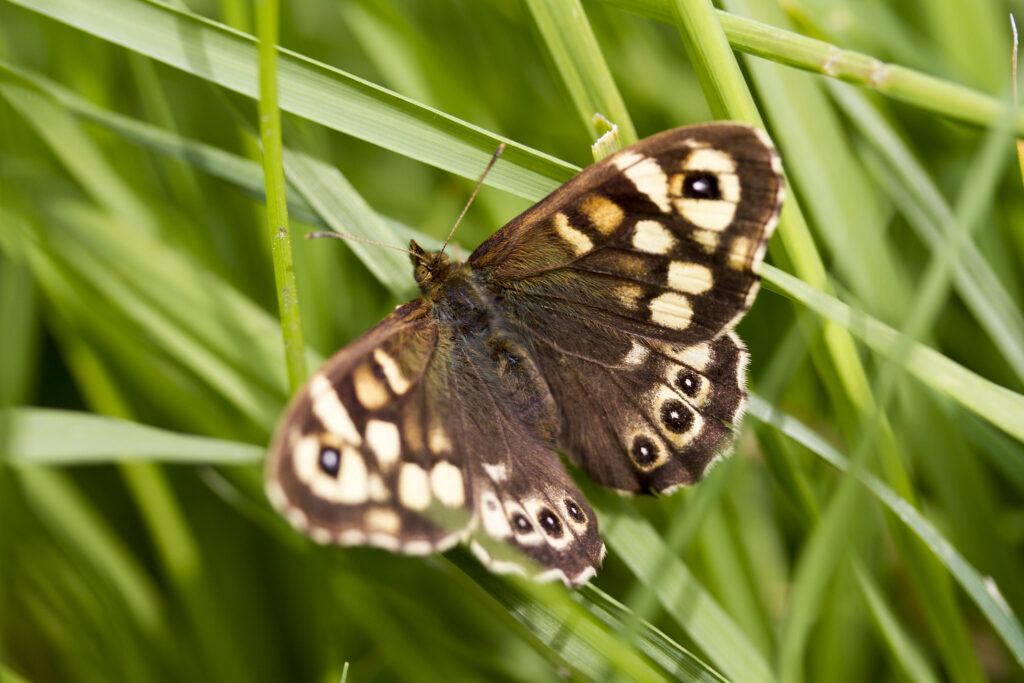Environment
Planet Earth may have surpassed seven of its ‘planetary boundaries’. These boundaries are described as physical or biological systems and processes that contribute to the stability of life on Earth and its supporting functions. There are nine boundaries in total, which are considered breached when the process can no longer function – these thresholds have been reached with six boundaries, and number seven, ocean acidification, is close to its threshold. Breaching this seventh boundary would reduce the efficiency of the ocean as a carbon sink, threatening marine ecosystems and global survival.
The first assessment of marine protection has shown that EU marine protected areas (MPAs) only provide minor security against harmful marine activities. This study revealed that over 86% of European MPAs have worryingly low levels of protection, with mining, dredging and bottom trawling present in most protected areas in the region. The study concludes that radical changes will be required to meet EU conservation targets, including the goal of protecting 30% of its oceans by 2030.

London Mayor Sadiq Khan has launched a ten-year restoration plan to clean up London’s rivers. Inspired by New York’s Oyster project, the Mayor hopes that by encouraging Eurasian Otters, Water Voles, eels and mayflies throughout the capital, water quality will subsequently improve. Khan is also investigating the reintroduction of oysters, which were historically present in the Thames, as a means of cleaning the degraded environment.
Climate Crisis
Seabirds are having to fly further to find food sources due to the melting of sea ice in Antarctica. Researchers analysed the foraging data from over 2,400 trips made by seven South Georgian seabird species from 1992 to 2023. They found that receding sea ice in the region is impacting species like Albatross and petrels as they now have to travel greater distances in search of breeding grounds and food. The data suggests that altered patterns of food availability could impact the presence of these birds in certain ecosystems however, with sea ice at a record lows, further research is needed to better evaluate the long-term impacts on seabirds.

Young coral colonies bred using IVF technology have survived a record marine heatwave. These cultivated colonies were planted onto multiple reefs in the US and the Caribbean to restore degraded habitats in the region. Last year, the Caribbean experienced a mass bleaching event which resulted in significant losses of the reef– only 25% of older corals survived, however over 90% of cultivated corals remained healthy after the event, and researchers are hopeful that this technique may provide coral species with a greater chance of adapting to heat stresses over time.
Wildlife
The EU has made the first move toward legalising wolf culls. The proposal was put forward by the European Commission late last year, and this month member governments, including Germany and France, have voted in favour to downgrade the ‘strictly protected’ status of the Eurasian Wolf to ‘protected’ under the Bern Convention 1979. This amendment would allow the EU to revise the Habitats Directive to further ease the protection of the species, which currently permits culls only with specific authorisation in extenuating circumstances.

Butterfly Conservation have announced a ‘butterfly emergency’. This year’s Big Butterfly Count recorded the lowest ever numbers since the initiative began 14 years ago, with an average of seven butterflies per count, compared to last year’s twelve. Partially due to a wetter-than-average spring, late summer and a long-term downward trend, the results indicate a significant decline in British butterflies and day-flying moths. Butterfly Conservation has responded by urging the government to ban neonicotinoid pesticides harming these indicator species for good.

